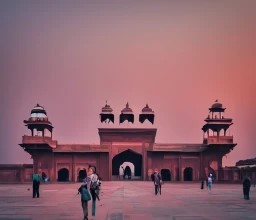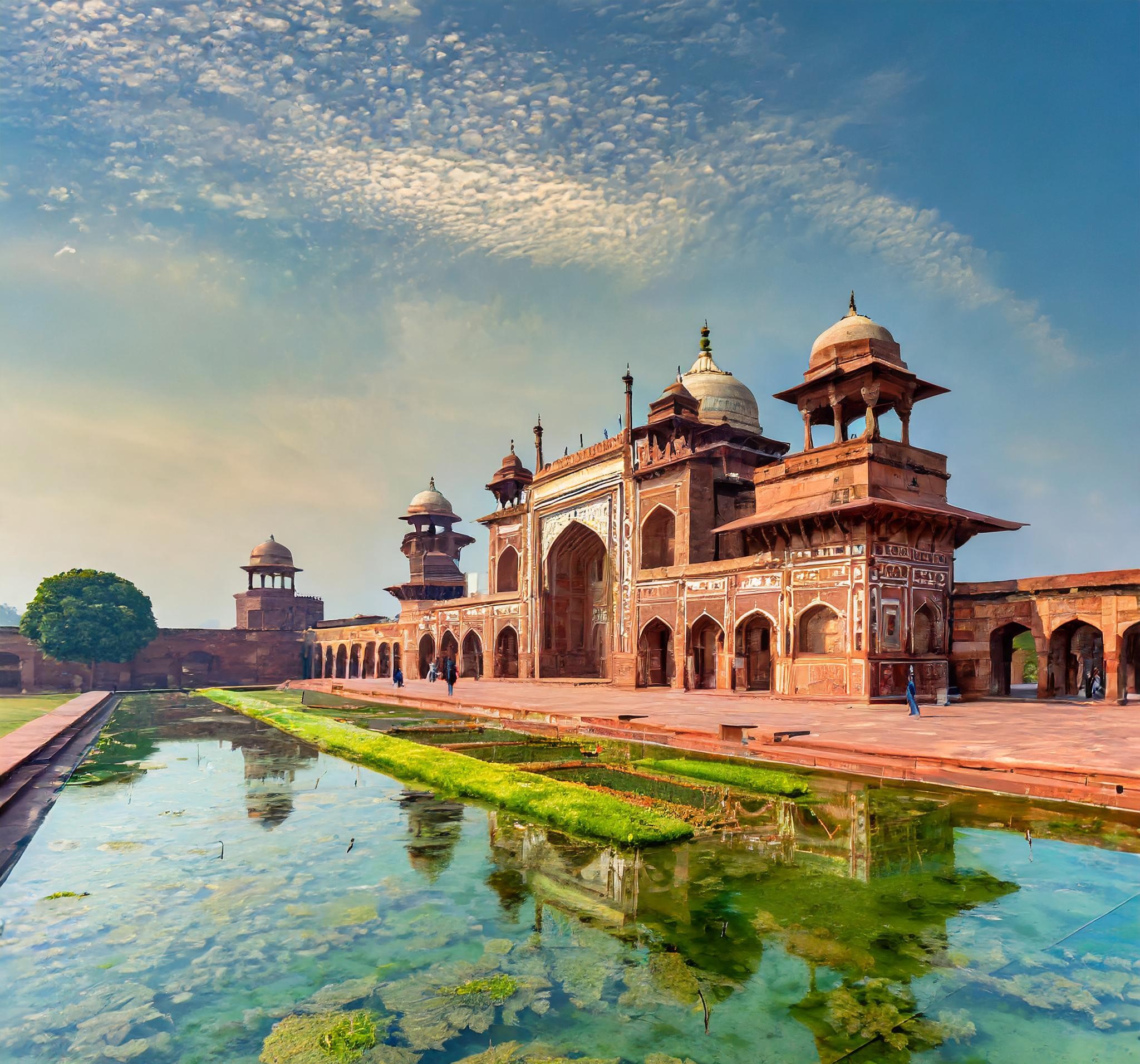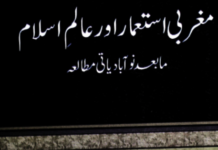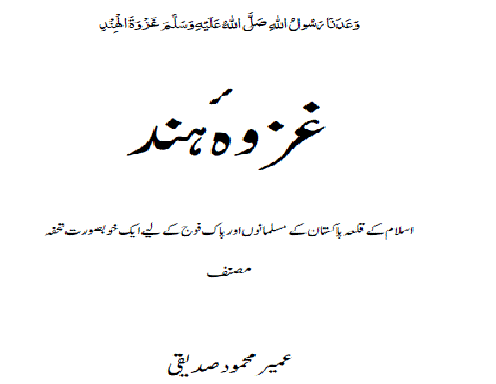“Fatehpur Sikri: Exploring the Timeless Grandeur of India’s Architectural Gem”
Fatehpur Sikri: History, Architecture, and Spiritual Grace
Breathtaking view of Fatehpur Sikri, the ancient Mughal city in India, filled with rich history and diverse architectural wonders

*Introduction:*
Fatehpur Sikri, on the outskirts of Agra, India, showcases Mughal architecture. This metropolis, founded by Emperor Akbar in the 16th century, blends numerous cultures and spiritualities.
Architectural Wonders:
Fatehpur Sikri’s red sandstone buildings combine Persian and Indian influences. A massive gateway, Buland Darwaza, and the Indo-Islamic masterpiece Jama Masjid are notable landmarks.
Sacred Spaces:
The white marble Salim Chishti Dargah is located in Fatehpur Sikri. Visitors and pilgrims seek benefits from this spiritual retreat, believing in the saint’s mercy.
*Jodha Bai’s Palace:*
Within the compound, Jodha Bai’s Palace stands as the epitome of Rajput-Mughal fusion. The elaborate latticework and large courtyards offer a look into the royal lifestyle.
*Panch Mahal:*
The beautiful Panch Mahal, or the ‘Five-Level Palace,’ unfolds like a delicate edifice with open pavilions. Its role remains a matter of debate, ranging from a pleasure zone to a spot for royal performances.
*Historical Significance:*
Fatehpur Sikri served as the capital of the Mughal Empire for a short duration, experiencing the pinnacle of Akbar’s rule. However, due to water scarcity, the city was finally abandoned, becoming a painful reminder of impermanence.
Sikri’s Syncretic Spirit:
This UNESCO World Heritage Site emits a syncretic ethos, with elements of Hindu, Muslim, and Persian cultures visible in its architecture and traditions.
*Anup Talao and Khwabgah:*
The Anup Talao, an ornamental pool, sits near Akbar’s private palace, the Khwabgah. This serene location emphasizes the emperor’s appreciation for the arts, poetry, and music.
*Diwan-i-Khas and Diwan-i-Aam:*
The Diwan-i-Khas, or ‘Hall of Private Audience,’ with its center pillar, is a symbol of Akbar’s inclusive ideals. The Diwan-i-Aam, the ‘Hall of Public Audience,’ hosted assemblies that influenced the empire’s fate.
*Fatehpur Sikri Today:*
Today, Fatehpur Sikri is not only a historical place but a living heritage, with inhabitants upholding customs and crafts passed down through generations.
*Tourist Magnet:*
Every year, thousands of tourists and history aficionados go to Fatehpur Sikri, marveling at its ageless beauty and absorbing the stories carved into its walls.

*Preserving the Past:* Efforts in conservation and restoration ensure that Fatehpur Sikri’s grandeur continues, allowing future generations to witness the marvels of this cultural treasure.
*Conclusion:*
In the heart of Uttar Pradesh, Fatehpur Sikri is a city trapped in time, enticing everyone who visits to investigate its history, appreciate its architecture, and embrace the spiritual beauty that lingers within its walls.
“Journey Through History: Unraveling the Mystique of Fatehpur Sikri”
“Fatehpur Sikri: A Mosaic of Heritage, Culture, and Architectural Brilliance”
“Lost in Time: Discovering the Majesty of Fatehpur Sikri”
“Imperial Echoes: A Tale of Fatehpur Sikri’s Magnificent Past”
“Fatehpur Sikri: Where Heritage Meets Majesty in India”
“Walking Through the Ghost City: Fatehpur Sikri’s Enchanting Charms”
“Architectural Splendor of Fatehpur Sikri: A Glimpse into India’s Royal Legacy”
“Beyond the Red Sandstone: Fatehpur Sikri’s Enduring Legacy”
“Fatehpur Sikri: India’s Hidden Gem Waiting to be Explored”
Note: This article was originally published on our related blog. We have merged content from our educational subdomains to provide easier access in one place. The original post is still available at: https://videos.urdutubes.com/2024/03/lost-in-time-discovering-the-majesty-of-fatehpur-sikri.html
All content is owned and authored by us, and redistribution or reuse is not allowed without permission.
Note: This post is part of our content merger from multiple educational subdomains. To access the original content, visit: books.urdutubes.com for book-related content, PDFs, and downloads, or videos.urdutubes.com for video-related posts. All content is owned and authored by us, and redistribution or reuse is not allowed without permission.




![Khawateen Digest February 2025 [Download PDF] Khawateen Digest – February 2025 Edition: A Must-Read for Every Woman! The February 2025 issue of Khawateen Digest is packed with engaging stories, insightful articles, and practical tips that cater to the modern woman. From inspiring tales to expert beauty and health advice, this edition has it all. Whether you're in the mood for a gripping story or seeking helpful tips for daily life, this digest will keep you hooked. Don't miss out on the latest edition – download the Khawateen Digest February 2025 now and enjoy a well-rounded read that speaks to every woman's interests.](https://www.urdutubes.com/wp-content/uploads/2025/04/Khawateen-Digest-February-2025-Download-PDF-218x150.jpg)
![Khawateen Digest January 2025 [Download PDF] Khawateen Digest January 2025 [Download PDF]](https://www.urdutubes.com/wp-content/uploads/2025/04/Khawateen-Digest-January-2025-Download-PDF-218x150.jpeg)
![Kiran Digest April 2024 [Download PDF] Kiran Digest April 2024 [Download PDF]](https://www.urdutubes.com/wp-content/uploads/2025/04/Screenshot-2025-04-13-113317-218x150.png)
![Kiran Digest March 2024 [Download PDF]](https://www.urdutubes.com/wp-content/uploads/2018/05/KiranDigestMay2018255BDownloadFreePDF255D.jpg)







